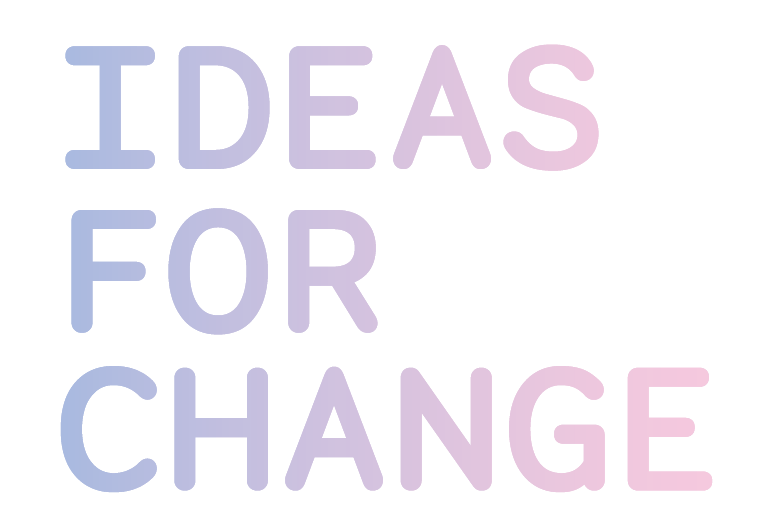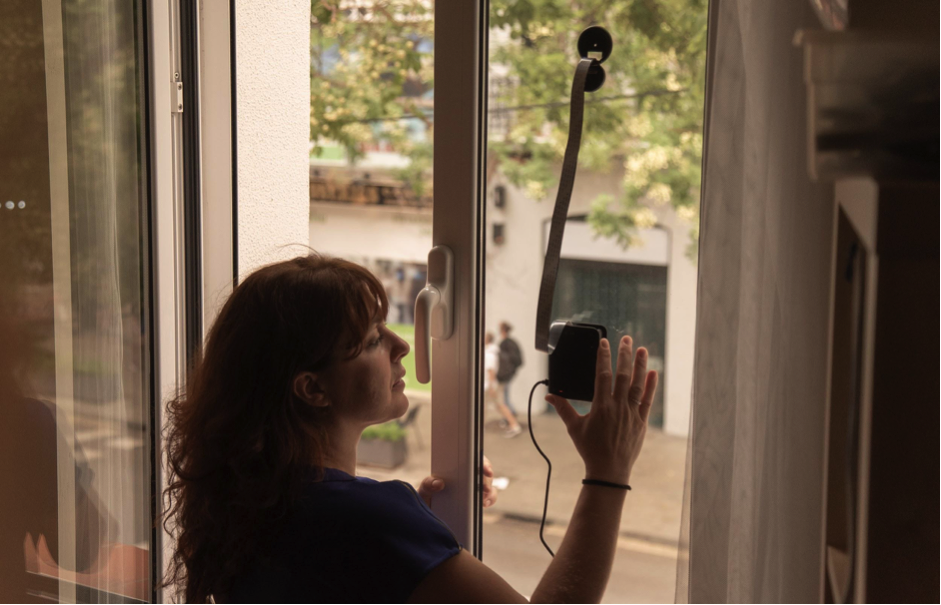7 keys to design an effective citizen participation strategy even in pandemic times
By Lucía Errandonea, Researcher & Producer, and Ana Ramírez, Communication Manager. (Originally published in Spanish)
Over the last few years, Ideas for Change has specialised in the development of participation strategies with citizens for projects of diverse themes. Together with the volunteers, we have mapped odours in areas affected by industrial emissions, we have monitored mobility to reduce speed limits on streets affected by noise and pollution and we have measured the effects of contamination on mental health to promote a cleaner and healthier environment. There are so many examples and all of them so enriching that we could practically list as many learnings as stories we have lived and, even, as people who have accompanied us on our journey.
However, at the beginning of last year, the crisis derived from the Covid-19 pandemic questioned the tools and dynamics we had been using so far to solve these types of challenges. Social mobilisation in the streets, the organisation of face-to-face events to design solutions or interventions in public spaces, were no longer a possibility and led to a tremendously complex situation. But, like everything else in life, valuable lessons are drawn from adversity. In our team, we decided to reinvent ourselves and look for new and different ways to interact and connect with citizens. An exciting experience that has allowed us to learn much more about how to connect with people in the digital age.
Do you want to know our seven keys to create a citizen participation strategy in times of pandemic? Keep reading and take some notes!
1. Create the community based on people’s interests and pain points.
What are citizens' concerns? How can we address their problems? Before starting a project, it is important to know and investigate the main concerns that affect a community to correctly define the issues to be resolved in the project. Digital tools such as surveys, interactive participation sessions or groups in instant messaging applications become essential allies to achieve these goals. And we must not forget: the community will be larger and more participatory the more it is interested in the field of action, and digitalisation can help us detect these concerns.
2. Involve the participants in all possible stages of the project.
Empowering the community and letting them know that they are an active and essential part of the project will help create a strong bond that will enrich the research. Any person based on their knowledge, life experience and professional career can contribute with valuable ideas that complement scientific action. Establishing concrete moments throughout the process in which offering participants the opportunity to jointly co-create the next steps of the project will increase their interest and commitment. To achieve this objective in a remote context, it is essential to organise online meetings through platforms such as Zoom or Jitsi. What's more, if you use videos or tools for interaction, simultaneous voting or collaborative creation such as Slido, Pear Deck or Miro, success is guaranteed.
3. Manage expectations from transparency.
Most of the people involved in science and citizen participation are highly committed to creating more resilient and livable communities and, therefore, on many occasions we have too high expectations regarding the possibilities to make a change through these kinds of projects. However, it is not always an easy task to meet these objectives immediately, either due to process requirements or due to underlying obstacles, and the emergence of Covid-19 has been one of the most paradigmatic obstacles. To avoid community frustration, managing expectations from the beginning in a transparent and honest way is a decisive matter.
4. Offer various levels of participation.
Not all participants are the same, nor do they seek to get involved in this type of action with the same intensity. Anticipating different levels of participation that make people feel comfortable with the dedication that the project requires of them is a basic aspect to achieve a solid community, especially in a remote working context where work-life balance is not an easy task. How to achieve it? Asking in advance what their level of commitment is. Some people may only want to attend a few meetings, stay informed, or support colleagues who are contributing with data, but to do one’s bit will be just as helpful.
5. Not possible to meet? Bring science home to your participants!
Face-to-face meetings have historically been one of the pillars of citizen participation projects, but the current situation makes them impossible. However, there are alternatives that only take a bit of creativity. In our case, door-to-door delivery of materials such as installation guides or participation kits has become the ideal solution to solve the challenges of non-mobility without putting anyone at risk. Just prepare the materials you need to send, make them engaging and self-explanatory enough for the people involved to understand on their own, and send them out.
6. Communicate in a scientific but understandable way.
Scientific research can sometimes be inaccessible if the recipient does not have the necessary knowledge. For this reason, when it comes to communicating citizen participation projects, it is essential to ensure that the information we transmit is understood, even without losing technical rigour. Identifying well who we are addressing and adapting the message to the particular needs of each community are the key elements to inform effectively. The dissemination of newsletters and informative capsules that allow the information to be organised in digestible bits and make it more accessible is, without a doubt, a winning bet. In addition, in the digital context caused by Covid-19, maintaining a direct line of communication with the participants through email, social networks or instant messaging applications is a decisive matter.
7. Send the results and discuss them with the participants.
Citizens have much more to contribute to citizen science projects than just data. We have already seen how involving the participants in the different phases of the research process can be crucial to solve questions that each stage raises. Moreover, examining the data collected in these types of projects together with the community can help clarify uncertainties in the interpretation of the results that improve the quality of the research. In addition, it is a way of being accountable to citizens for their selfless commitment to the project.
Did you find our advice interesting? Would you like to know more about the citizen science projects we work on and the services we offer?
Keep reading:
Did you like this article?
Receive more content like this in your inbox!












